Our Blog: Scientific Work
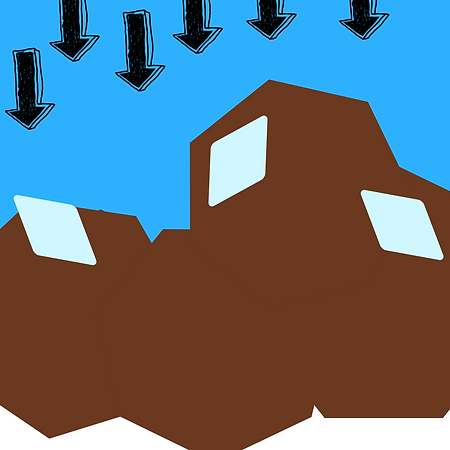
Let’s Talk Science: But What About Beryllium and Aluminum?
Last week, we shared with you how we use carbon to help us date the rocks.
Let’s Talk Science: C-14 Dating
Last week, we mentioned how isotopes are created in quartz. One of these isotopes is carbon-14.
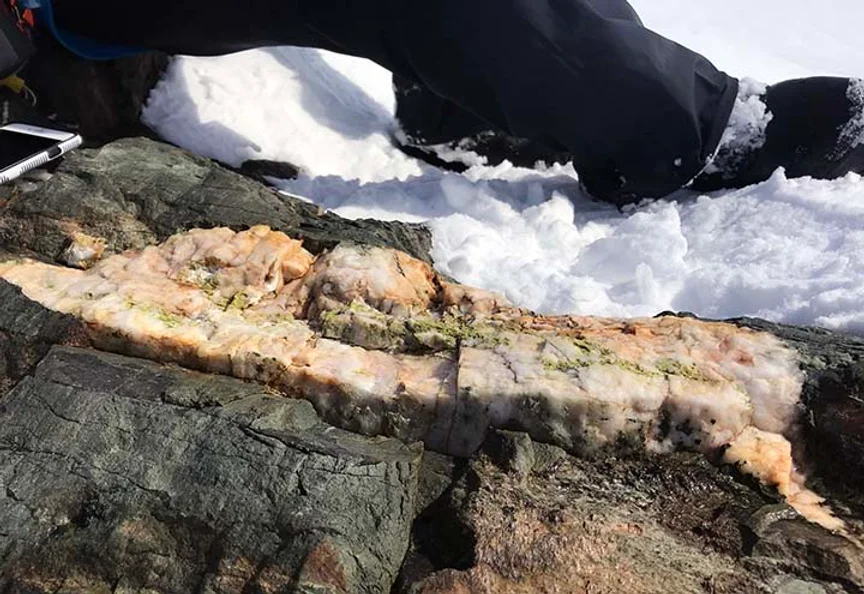
Let’s Talk Science: Why Quartz?
So, last week on Let’s Talk Science we talked about cleaning up our rock samples to so that they become pure quartz. But why quartz?

Let’s Talk Science: The Quartz Car Wash
Welcome to our blog series, “Let’s Talk Science,” where we break down the science behind our team’s work.
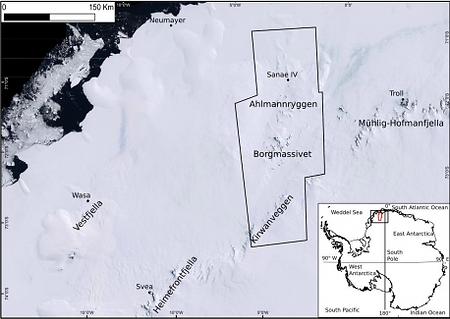
Let’s Talk Science: Mapping
We use remote sensing images to see the ice from a bird’s eye view.

Let’s Talk Science: Ice Streams
Last week, we talked about nunataks (rock that is exposed when the ice moves). This week, we’re sharing one way the ice moves and allows those nunataks to become exposed.
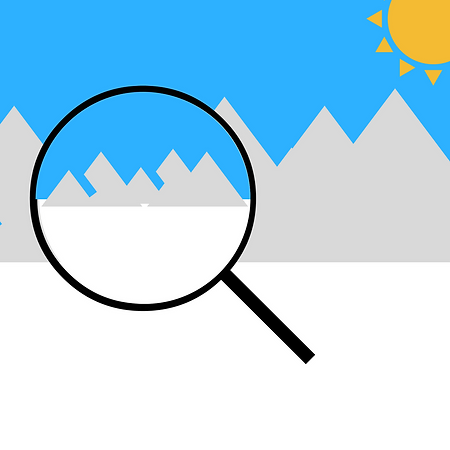
Let’s Talk Science: Mapping and Verification
In our last article, we began explaining how remote sensing helps us with our mapping, the first “M” of our acronym.

Straumsnutane January 10th – 12th
With a few days of good weather, the team had a very productive time at one of our most northerly field sites, Straumsnutane.
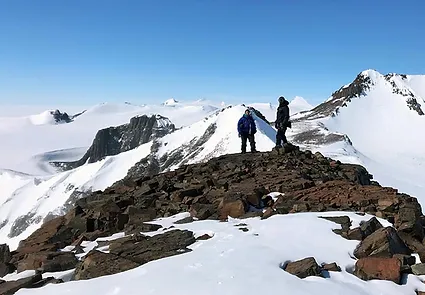
SANAE on January 3rd
We had our best day yet collecting samples and seeing evidence of past, higher levels of the east Antarctic Ice Sheet.
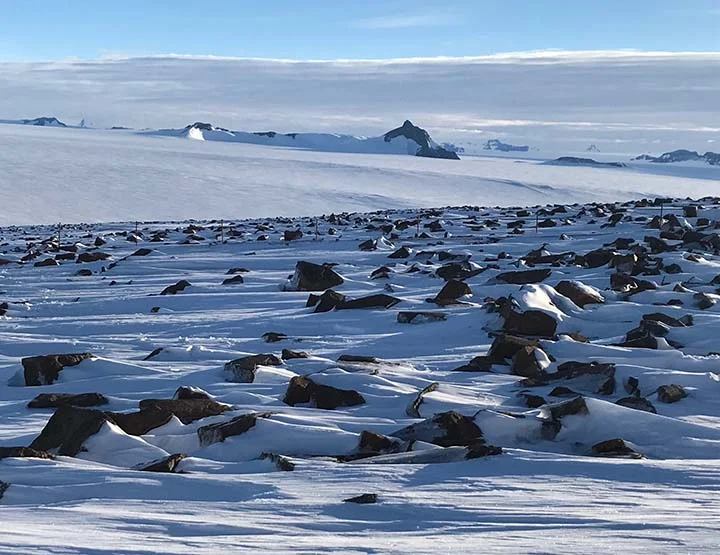
SANAE on January 2nd
New Year’s Eve and New Year’s Day were productive fieldwork days for the MAGIC-DML field team.
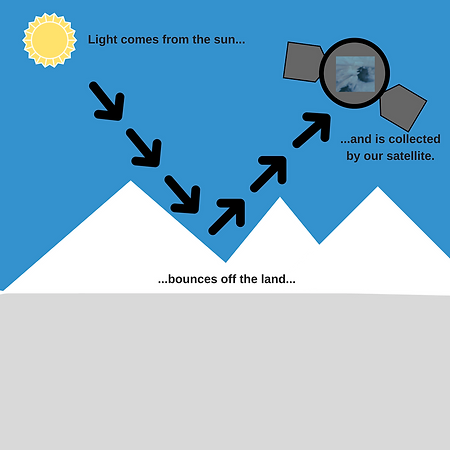
Let’s Talk Science: What is “remote sensing”?
Remote sensing uses satellites to help us see a big chunk of land from a bird’s-eye-view.
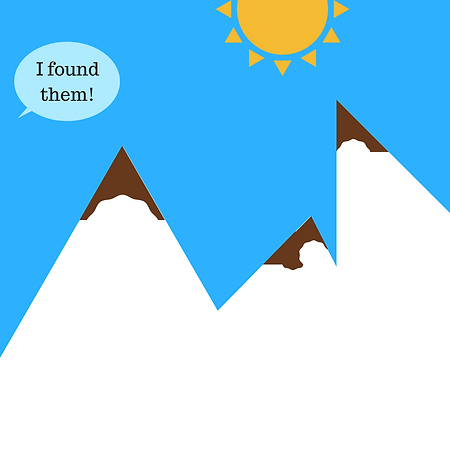
Let’s Talk Science: Nunataks
Last week, we talked about how we look for certain things in the ice to improve our mapping and eventually begin measuring how the ice has changed. But how do we find those clues?
What happened to the rock samples?
Remember those rock samples the team took from nunataks and erratic boulders in Antarctica? They have all arrived in Scotland.
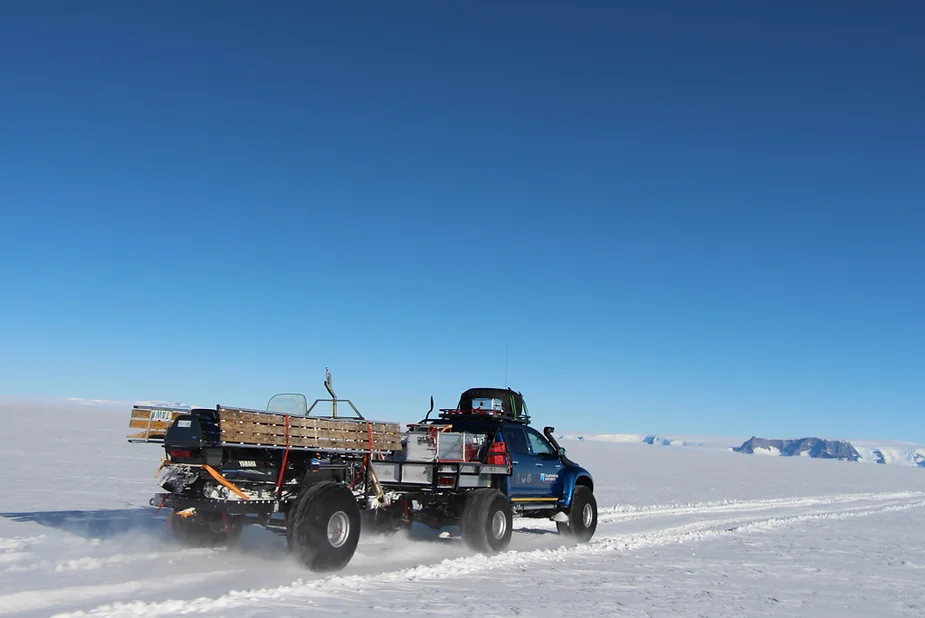
Sampling at the edge of the Antarctic Plateau
Learning from our success using both the trucks and snowmobiles to access sites during the fieldwork in Tottanfjella, it was decided to make a speedy return journey to Milorgfjella with the snowmobiles.
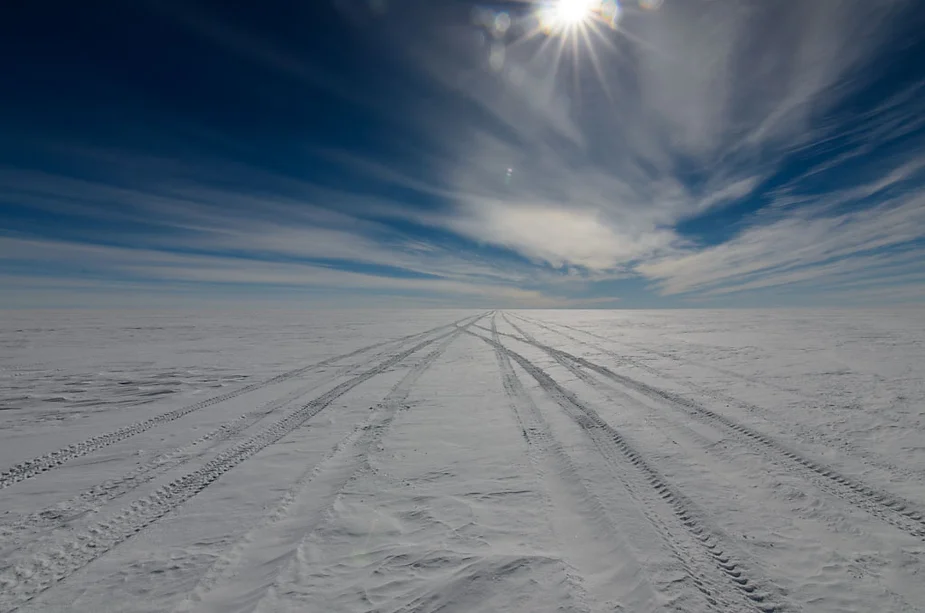
To Tottanfjella and back – our second major field excursion
In our first major expedition from Wasa, we visited Milorgfjella, the northeasternmost nunatak in the Heimefrontfjella (pronounced ‘Hime-a-front-fyella’) range.
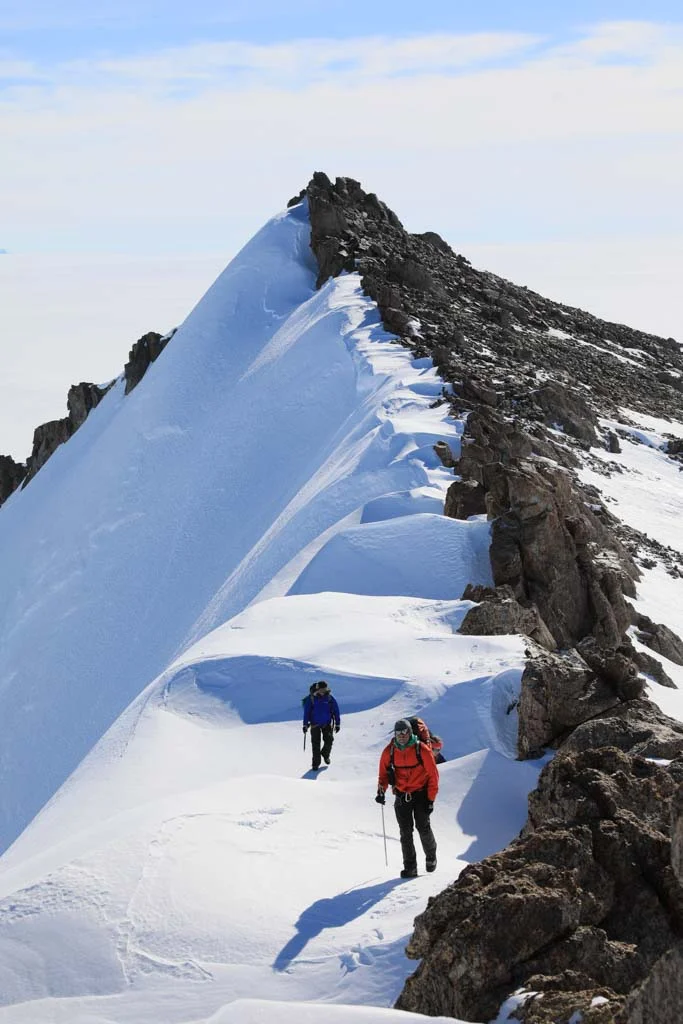
What is it like to do fieldwork in Antarctica?
When we are out in the field, we are a team of eight people based in a field camp.
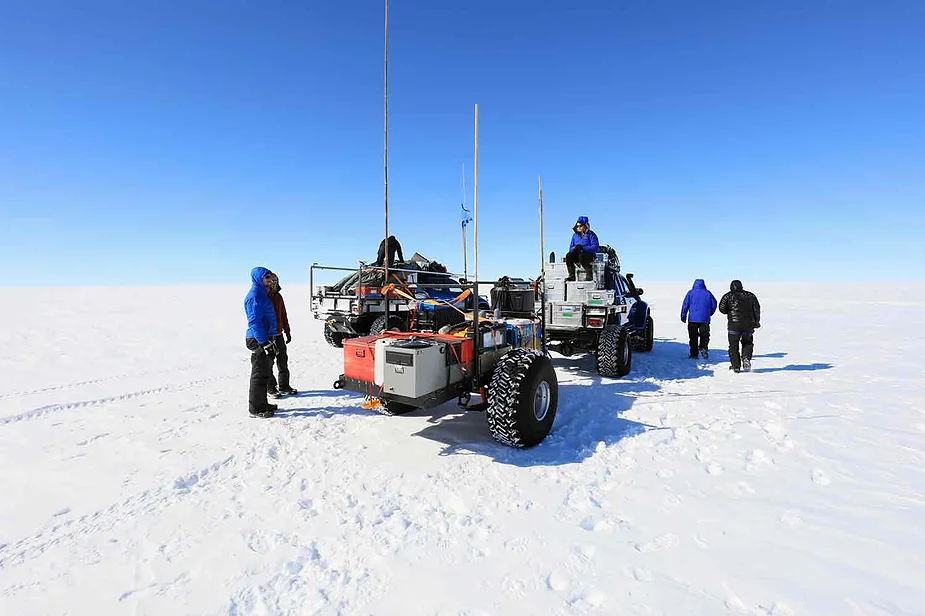
Mapping and Sampling in Milorgfjella's Rugged Beauty
On January 21st we headed out for our first major fieldwork in Milorgfjella (pronounced "Mee-lorg-feeyella") about 240 km SSE of the research station Wasa.
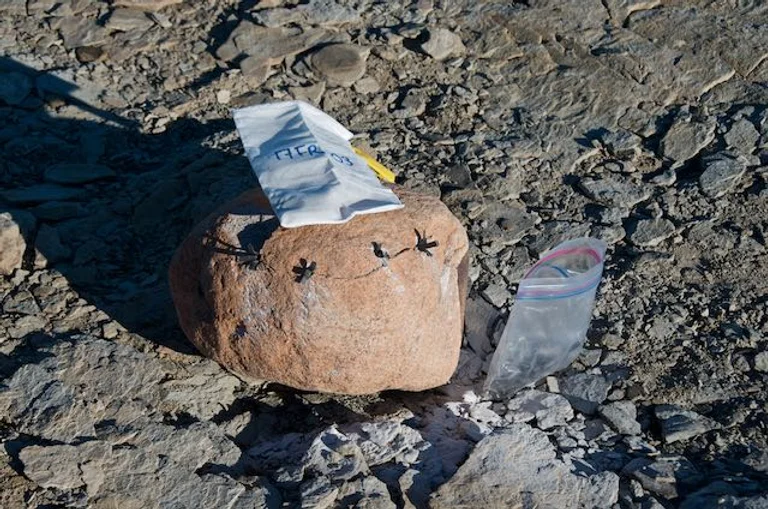
We have the first rock samples in the bag!
The MAGIC-DML team has been out on their first major trip from Wasa.
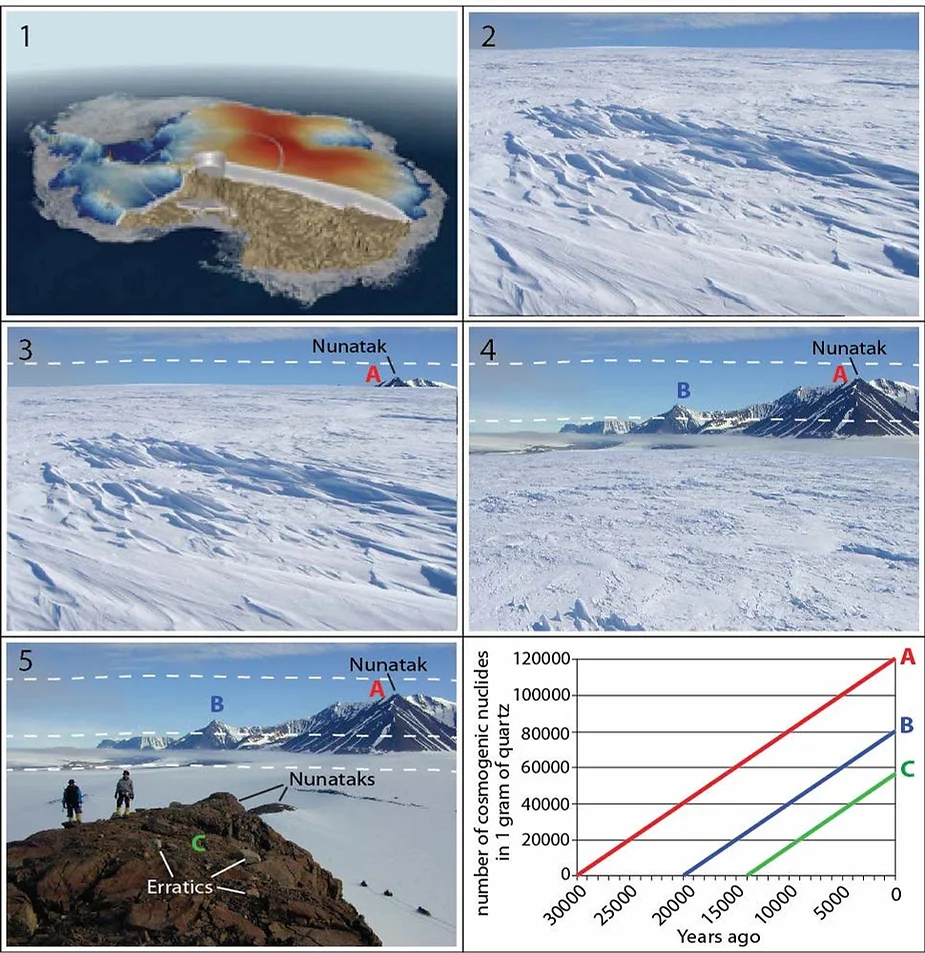
Nunataks as dipsticks
Antarctica is covered by a vast ice sheet (Picture 1). The colors of the ice sheet indicate thickness, with blues showing thinner ice and reds, thicker ice.
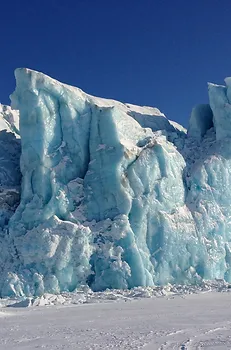
Blog categories
- General News
- Engagement
- Expedition Preparation
- Life in Antarctica
- Polar Research Secretariat
- Scientific Work
